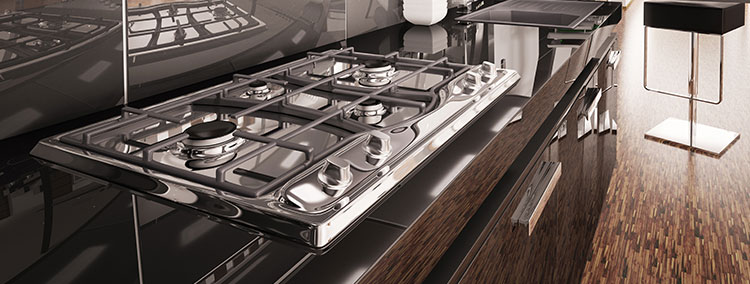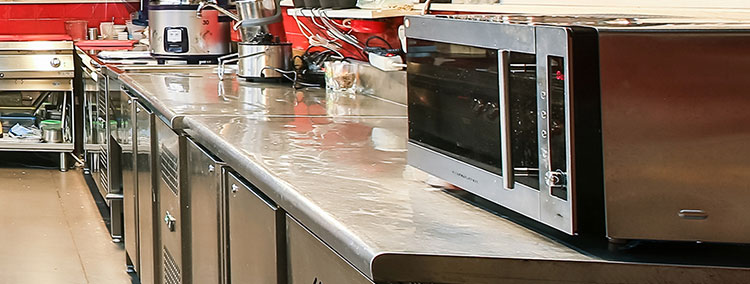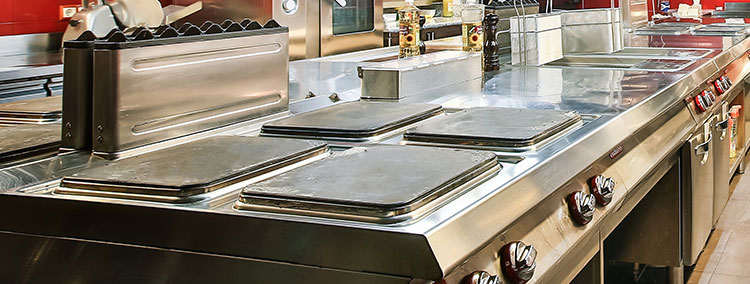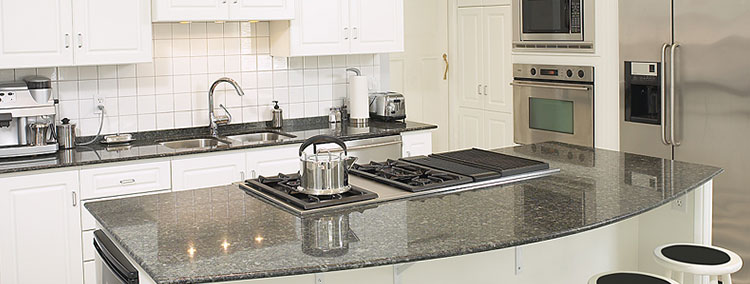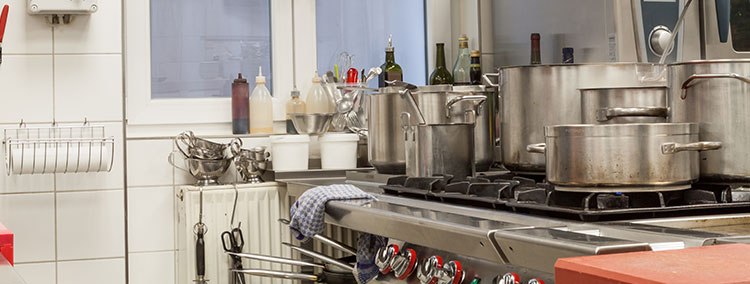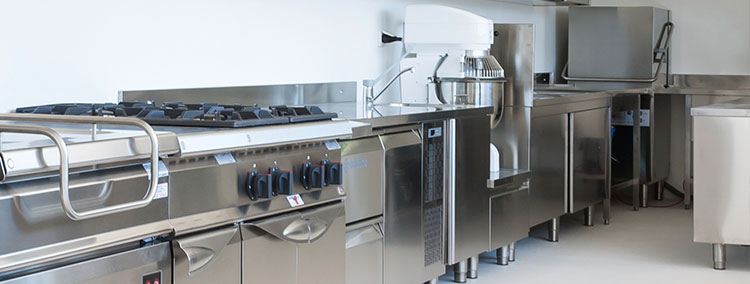There are plenty of guides on proper loading of the dishwasher, so it might be a bit cliché writing another one. This is the reason we have put together this detailed guide on how not to load a dishwasher.
Pre-rinse the dishes
You must have heard that to keep your dishwasher functioning optimally and keep away appliance repair professionals, you need to clear as many food particles from the dishes as possible.
While it’s true that removing most of the food particles will make the work easy for your dishwasher, you shouldn’t pre-rinse the dishes. This is because you will be wasting water and energy.
The dishwashing detergents are designed to cling to the food particles and separate them from the surfaces. This means that when you remove all the food from the dishes, there will be no place for the detergents to adhere to hence you might not get the clean dishes you are looking for.
The right thing to do is scrape off the large food particles instead of rinsing them.
You should only consider pre-rinsing the dishes if you aren’t planning to clean them immediately—you want to keep the dishes in the dishwasher until you have a full load.
By rinsing the dishes you prevent foul smells from emanating after the dishes have stayed in the dishwasher for a couple of days.
Load the pates in the top rack
The top rack looks great, and this is where you should put the plates, right? Wrong.
Dishes are meant to go to the bottom rack. This is why there are tines intended to hold the plates in place to maximize the number that fit and make sure that the hot water passes through for proper cleaning.
You can get away with having a plate or two on the top rack, but when you cram several of them there, you interfere with how other items fit and get cleaned.
Place glassware over the tines
The cups and glasses indeed belong on the top rack, but you shouldn’t place them over the tines. Instead, place them between the tines to prevent cracks and chips from occurring when they bump or rattle against each other during a cycle.
Place the dishwasher pieces facing the same direction
You should have all the dishwasher pieces facing one direction to maintain uniformity and have an easy time, right? Again, wrong.
For proper dish cleaning, you should place the dishes in opposite directions. This means that the dishes on the rear should face forward, and the ones in the front face towards the back.
The same thing applies to the spoons and forks—place them in varying positions in the utensil tray.
By doing this, you allow water to reach all the dishes and at the same time prevent the forks and spoons from nesting into each other.
For the best outcome, load the dishes so that they all face the center of the bottom rack.
Place the platters at the front.
Cutting boards, large platters, and casserole dishes belong at the back or sides of the bottom rack. This is not only to give you room to pack other dishes, but placing them in the front increases the chances of blocking the soap dispenser and preventing detergents from reaching the rest of the load.
Overfill the dishwasher
You might have the impression that when you put all the dirty dishes in one cycle, you save water and energy, but this isn’t the case.
Like the washing machine or refrigerator, cramming your dishwasher full makes it run inefficiently. The water and soap also don’t circulate freely; hence the dishes don’t get as clean as they should.
To be on the safe side, you should only stock what is required—don’t load your dishwasher more than it can carry.
Load even non-dishwasher safe items
I know it’s easy to throw all the dirty dishes and cutlery into the dishwasher and forget about it, but you shouldn’t do it as you will be damaging them.
According to dishwasher repair Northern VA professionals, when you throw plastic containers in the dishwasher, the hot water can melt or even warp that plastic. There is also the risk of cracking wooden spoons and gold flatware discoloring.
To protect your dishes, always confirm whether dishwasher safe before putting them in.

